2024 Ketamine Treatment for Depression
Depression is a complex mental health disorder that affects millions of people worldwide. Traditional treatments, such as antidepressants and psychotherapy, do not work for everyone, leading to the term Treatment-Resistant Depression (TRD). In recent years, ketamine has emerged as a promising alternative for individuals struggling with TRD. This blog post will explore what ketamine treatment entails, how it works, its benefits and risks, and what patients can expect during the treatment process.
What is Ketamine?
Ketamine for sale is an anesthetic medication that has been used in medical settings since the 1960s. Initially developed for use in surgeries, it has gained attention in recent years for its rapid antidepressant effects. Unlike traditional antidepressants that typically take weeks to show results, ketamine can alleviate depressive symptoms within hours or days.
How Does Ketamine Work?
The exact mechanism by which ketamine exerts its antidepressant effects is not fully understood. However, research suggests that it acts primarily on the NMDA receptor, a type of glutamate receptor in the brain. By blocking this receptor, ketamine increases the levels of glutamate and promotes synaptic plasticity—the brain’s ability to adapt and form new connections. This neuroplasticity may help restore normal brain function in individuals suffering from depression.
Additionally, ketamine appears to stimulate the growth of new synapses and enhance communication between neurons. This process can lead to significant improvements in mood and cognitive function.
Types of Ketamine Administration
There are several methods for administering ketamine:
- Intravenous (IV) Infusion: The most common method where ketamine is delivered directly into the bloodstream through an IV line.
- Intramuscular (IM) Injection: Ketamine is injected into a muscle, offering a quicker onset than oral forms.
- Sublingual Lozenges: These dissolve under the tongue and provide a gentler effect.
- Nasal Spray: Esketamine (a derivative of ketamine) has been approved by the FDA as a nasal spray specifically for depression.
Each method has its own advantages and considerations regarding effectiveness and patient comfort.
Benefits of Ketamine Treatment
Rapid Relief from Symptoms
One of the most significant advantages of ketamine treatment is its ability to provide rapid relief from depressive symptoms. Many patients report feeling better within hours after their first dose, which can be life-changing for those who have struggled with chronic depression.
Effectiveness for Treatment-Resistant Depression
Ketamine has shown promise in treating individuals who have not responded well to traditional antidepressants or therapies. Studies indicate that approximately 70% of patients with TRD experience some level of improvement after receiving ketamine treatment.
Potential Long-Term Benefits
While initial effects are rapid, some studies suggest that repeated treatments may lead to longer-lasting improvements in mood and overall functioning. Patients often report sustained benefits even after completing their treatment regimen. Ketamine Treatment for Depression
Risks and Considerations
Despite its potential benefits, ketamine treatment is not without risks:
Side Effects
Common side effects include dissociation (feeling detached from reality), dizziness, nausea, increased blood pressure, and perceptual disturbances (such as visual or auditory hallucinations). Most side effects are temporary but should be monitored by healthcare professionals. Ketamine Treatment for Depression
Potential for Abuse
Ketamine is classified as a Schedule III controlled substance due to its potential for abuse and addiction when misused recreationally. Therefore, it should only be administered under medical supervision in appropriate settings.
Not Suitable for Everyone
Ketamine may not be suitable for individuals with certain medical conditions or those taking specific medications that could interact negatively with it. A thorough evaluation by a qualified healthcare provider is essential before starting treatment.
What to Expect During Treatment
Patients considering ketamine therapy should prepare for an initial assessment by a mental health professional who specializes in this treatment modality. The assessment will include:
- A comprehensive review of medical history
- Discussion about previous treatments
- Evaluation of current symptoms
Once deemed appropriate candidates for treatment, patients typically undergo several sessions over a few weeks—often starting with two infusions per week followed by maintenance doses as needed.
During each session:
- Patients receive their dose in a comfortable setting.
- They are monitored closely throughout the infusion process.
- Afterward, they may spend time resting until they feel stable enough to leave.
It’s important to have someone accompany you home after each session due to potential lingering effects from the medication.







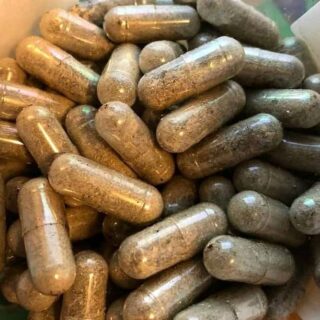



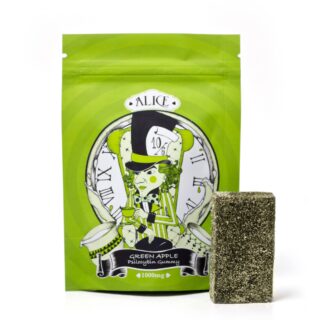
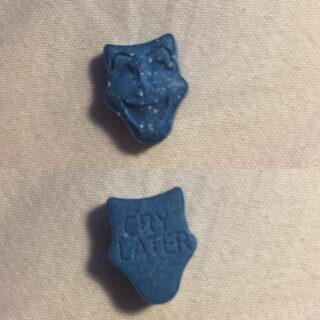
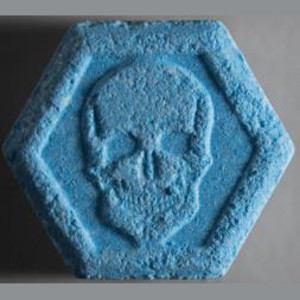


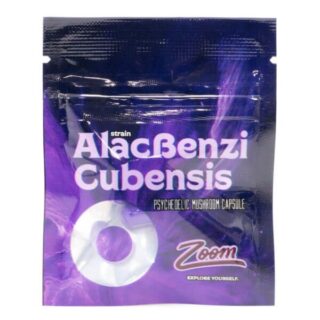
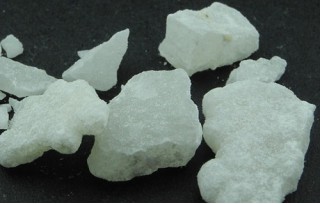
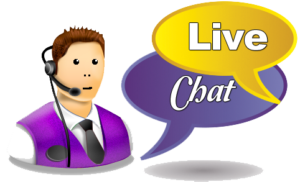




Leave a Reply